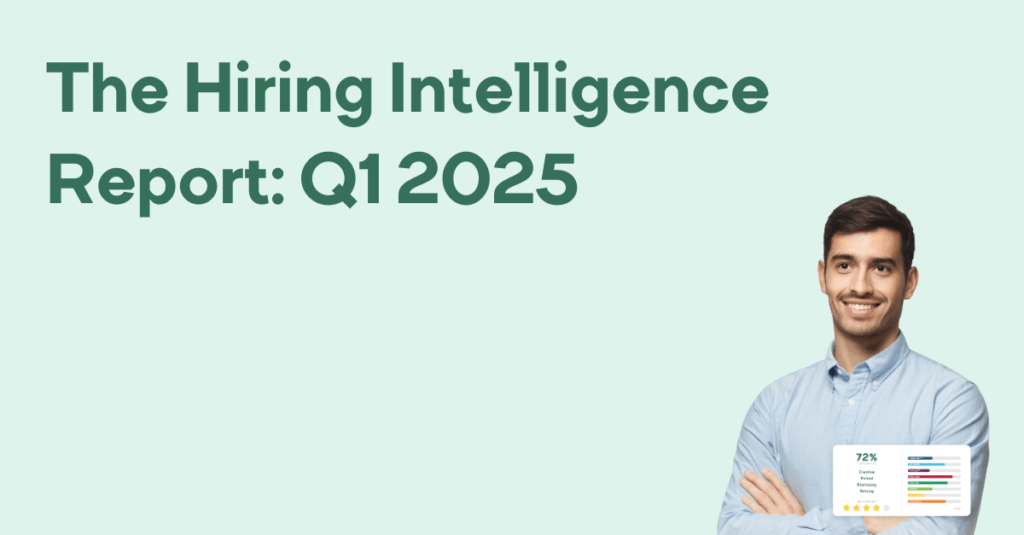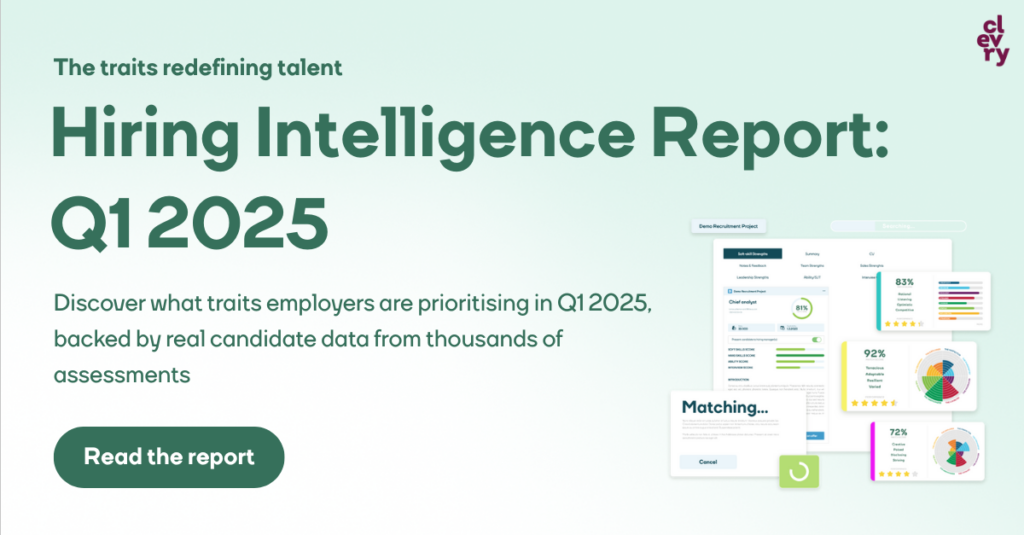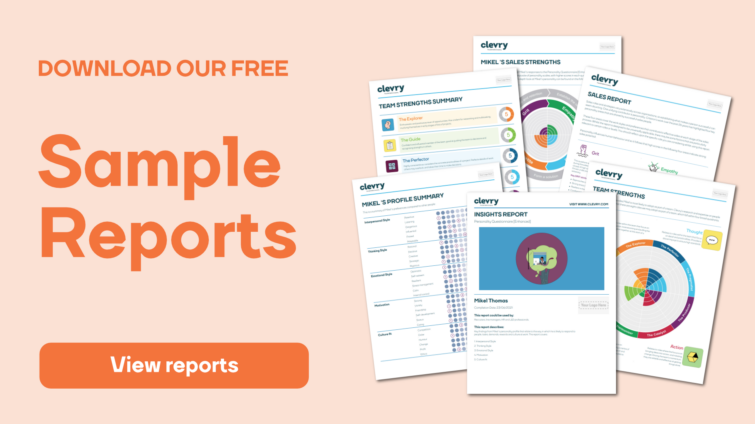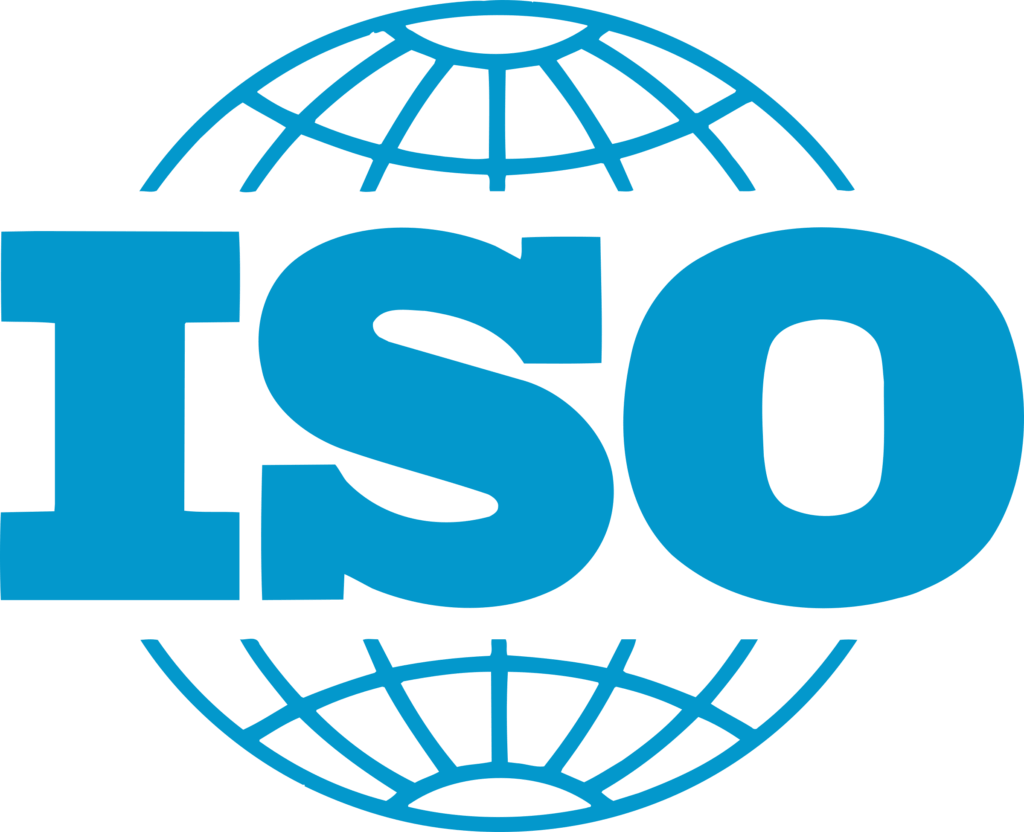What companies look for in candidates is changing—and fast.
Clevry’s latest Hiring Intelligence Report: Q1 2025 (HIRe) reveals which behavioural traits are rising to the top of assessment usage—and which are being deprioritised in real-world hiring decisions. The findings reflect a broader strategic shift: organisations are moving away from aspirational qualities like change or altruism, and instead doubling down on psychological resilience, interpersonal stability, and operational clarity.
Soft skills aren’t being thrown out, but they are being redefined. Traits once seen as “nice to have” are now showing up as top hiring priorities. Meanwhile, long-valued behaviours like openness to change or caring about others are falling in real-world assessments. The message is clear: in today’s environment, organisations are hiring for what drives stability and performance, not just culture alignment or adaptability for its own sake.

Key Findings: What’s hot in hiring right now
🟢 Top 5 Most-Assessed Traits
- Listening – Dominant every quarter; signals enduring demand for soft skills tied to attention, collaboration, and emotional intelligence.
- Adaptable – Reflects ongoing appetite for candidates who can handle uncertainty and evolving environments.
- Stress Management, Calm, and Resilient – All tie to Neuroticism (or rather, low Neuroticism) – a trait increasingly prized in high-pressure or ambiguous environments.
🔴 Falling Out of Favour
Change dropped to 14th place. This was surprising given its prior prominence and may suggest:
- A tactical shift to hire for stability, not transformation.
- A response to burnout or instability fatigue, where steadiness (Calm, Resilience) is now seen as being more desirable than raw adaptability.
Read the Hiring Intelligence Report: Q1 2025 (HIRe)
The Big Five: Why it’s not enough
While the Big Five Personality Traits (Openness, Conscientiousness, Extraversion, Agreeableness, Neuroticism) are foundational in psychology, this report may suggest they’re insufficient—or at least not fully aligned—with how businesses make hiring decisions in the modern world.
Neuroticism-linked traits dominate the Top 5
Why? These traits (like Resilience or Calm) speak directly to emotional regulation, stress tolerance, and recovery—critical in high-pressure roles.
Why companies don’t just use Big Five
- Lack of specificity: Big Five traits are broad and academic. “Conscientiousness” doesn’t directly translate to “Structured,” for example, which has clearer behavioural implications for hiring.
- Role mismatch: Traits like “Openness” might matter in design or R&D but are less relevant for roles requiring process adherence or client diplomacy.
- Performance visibility: Traits that predict visible outcomes (like calmness under pressure or adaptability) tend to gain traction faster in hiring ecosystems.
- Cultural shifts: Post-COVID dynamics have put emotional regulation and interpersonal agility under the spotlight—traits more easily captured by targeted scales than general Big Five factors.
Read the Hiring Intelligence Report: Q1 2025 (HIRe)
Fastest-rising traits: A glimpse ahead
- Poised – Rising social confidence needs, especially in hybrid and client-facing roles.
- Structured – Reflects increasing complexity; companies want methodical problem-solvers.
- Money – A 67% increase in volume suggests a revival in interest in extrinsic motivation and incentive-alignment.
These trending traits hint that organisations are no longer only looking at who someone is internally, but also how someone functions in specific modern work contexts.
What this means for modern hiring strategy
This quarter’s data reveals more than just trait popularity—it highlights a fundamental shift in how organisations are defining “fit” and “potential.”
1. Emotional regulation is no longer considered a ‘soft’ skill – it’s a core capability.
With Stress Management, Calm, and Resilient dominating the top rankings, there’s a clear message: companies are hiring for psychological endurance. Whether due to hybrid stress, stakeholder complexity, or decision-fatigue in leadership roles, candidates who remain composed under pressure are now viewed as high-performance assets.
2. The Big Five is useful—but no longer enough.
When looking through a Big 5 lens, three of the top five traits all fall under Neuroticism. This could point to a growing mismatch between academic psychology frameworks and applied hiring decisions. Businesses aren’t recruiting for philosophical curiosity—they’re hiring for execution, adaptability, and interpersonal resilience.
3. “Change” is out. Structure is in.
It’s telling that Change, once a top 5 fixture, has dropped to 14th. This doesn’t mean companies don’t value change—it indicates they expect it to be managed by people who can create order from chaos. The steep rise of Structured and Poised suggests a move toward composed clarity over constant reinvention.
4. Motivation is under the microscope.
Money—still niche but rising fast—signals renewed attention to what drives performance. Whether it’s aligning compensation strategies or identifying high-motor candidates, financial motivation is re-entering the conversation.
In tougher economic conditions, this shift becomes even more pronounced. Organisations are under pressure to do more with less, and they’re increasingly drawn to candidates who are commercially minded—those who link effort to outcome, think in terms of ROI, and are energised by targets, incentives, and results.
Financial motivation isn’t just about pay—it’s a proxy for drive, focus, and business alignment. In leaner times, those traits move from optional to essential.
5. A more granular, role-specific approach is emerging.
The old model of “cultural fit” and vague soft-skill lists is being replaced by sharper, data-backed trait targeting. This lets recruiters align candidate profiles to specific operational needs, such as crisis composure, stakeholder fluency, or consistent planning.
⚡ Strategic Takeaway
Hiring success in 2025 won’t hinge on personality tests alone—it will hinge on how precisely you can match trait demand to role context. The winners will be the teams that:
- Regularly update trait profiles based on live performance data
- Shift from legacy personality models to behaviorally predictive traits
- Treat emotional resilience and social clarity as strategic levers
- Use assessment trends not as filters, but as forecasting tools
This isn’t just talent acquisition. It’s competitive advantage by design.




